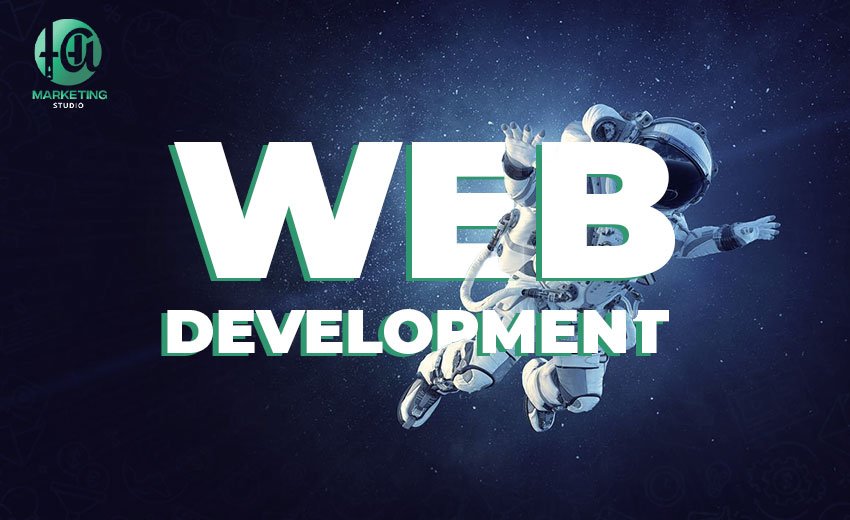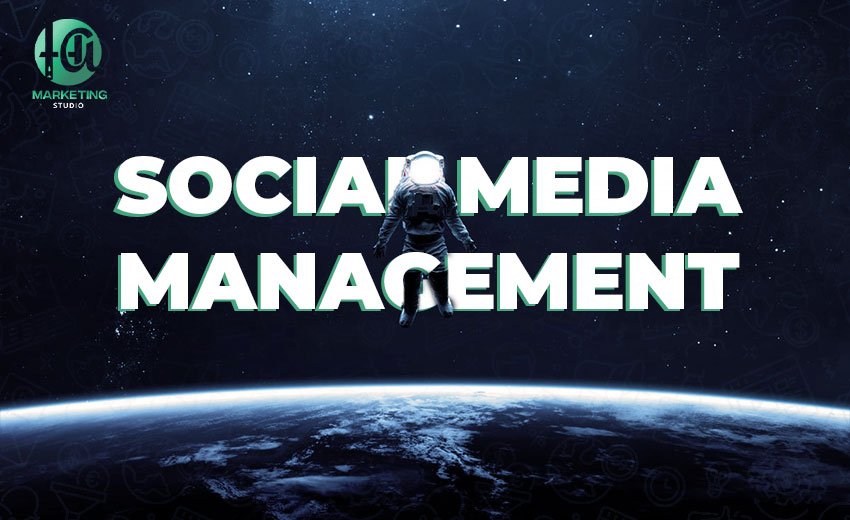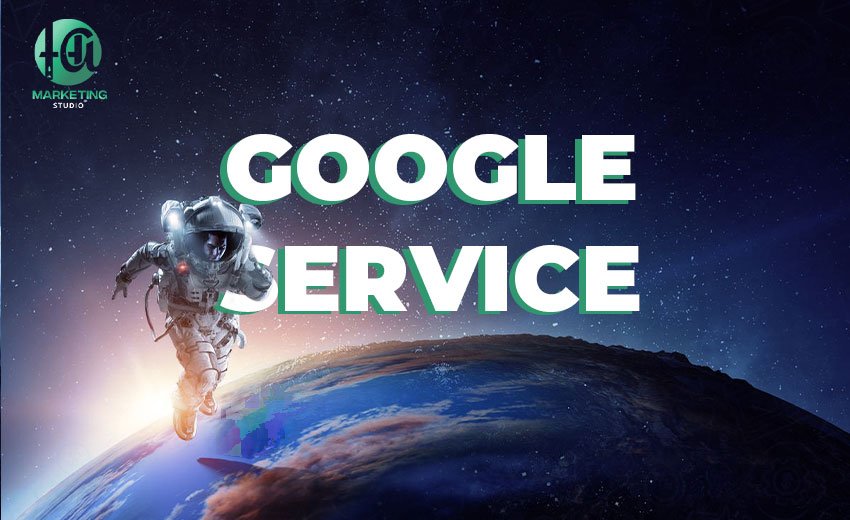-Building a content marketing strategy for SMEs requires focusing on the following key aspects:
-Setting goals:
Set clear, measurable marketing goals such as increasing sales, enhancing brand awareness, attracting more customers, etc.
-Target audience analysis:
Its importance lies in identifying the needs and interests of a potential audience, and understanding their online presence and behaviors when searching for content.
-Choose content types:
One of the most important strategies any business should take is identifying different forms of content that are appropriate for the company and its audience, including articles, videos, podcasts, infographics, photos, and blogs.
-Create engaging and valuable content:
The importance of producing value-added content is to provide innovative and attractive solutions to customer problems or to meet their needs.
-Benefit from SEO and keywords:
Appropriate keywords are used to focus on topics important to the target audience and improve the ranking of content in search engine results.
-Content distribution and promotion:
This is done by exploiting social media, email, websites and blogs to disseminate and promote content.
-Performance measurement and continuous improvement:
This process includes using analytics tools to measure content performance, understand its effectiveness, and using the extracted data to adjust strategy and improve performance.
– Investing on an ongoing basis:
Continuing to invest in content marketing strategies and continually working to develop them according to the company’s needs and changes occurring in the market.
By applying these steps and concepts, small and medium-sized businesses can build an effective content marketing strategy that attracts potential customers and builds brand awareness.














